It always seems like you don’t realize the lack of shade in your backyard until it’s too late. You’ve already settled on a good book, put out the lawn chair, and made yourself a nice lunch when you discover that the heat of the sun is simply too much. While you could settle on a patio umbrella, adding some fast growing shade trees to your property is a more sustainable, long-term solution.
When landscape professionals talk about shade trees, they refer to trees, both deciduous and evergreen, that are cultivated specifically to provide shade. Shade trees are generally tall trees with broad canopies. Fast-growing shade trees are those species that produce rapid growth, exhibiting significant growth in a single season.
The fastest growing shade trees for privacy include:
- Maple trees
- Hackberry trees
- Poplar trees
- Royal Empress trees
Magnificent Maples
My favorite trees to plant to create a welcoming oasis of cooling shade are fast-growing maples. There are more than 120 different species in the genus Acer, commonly known as maple. An ideal landscaping tool, maple trees grow quickly, are disease resistant, are easy to transplant, and provide spectacular fall color.
An added bonus: Unlike many popular deciduous trees, maples do not produce pods or hard seeds. These seeds can present a problem when mowing. Maple leaves make nutrient-rich mulch and are a great addition to the compost pile.
Red Maple
If you really want to speed up the process, the fastest growing maple tree is the red maple (Acer ribrum). Prized for its brilliant autumn coloration and ability to adapt to a wide range of habitats, the red maple is also known as the soft maple. A fast-growing, low-maintenance tree, red maples add a brilliant splash of color while providing a dense canopy of shade.
If you have a location by a pond or an area that tends to flood, red maples tolerate and adapt to both flooding and prolonged drought. When deprived of moisture, red maples simply stop growing, exhibiting a flush of new growth when conditions improve. There are dozens of different species of red maple, the majority of which reach a mature height of 40-70 feet.
Red maples are a bountiful food source for many species of wildlife but are a particular favorite of deer and elk.
Silver Maple
Also commonly known as water maple, white maple, or swamp maple, silver maple adds eye-catching visual interest to any landscape. The silver coloration of the bark when the tree is young compliments the silvery underside of the leaves, which shimmer and dance in the slightest breeze. The fall foliage is a blaze of yellow, orange and red splendor.
Silver maple excels in USDA Zones 3 through 9. In fact, in both rural and urban areas, the silver maple is known as the most common, and one of the most popular, trees in North America. Fast-growing, the silver maple will reach a height of 25-35 feet tall within 10 years, achieving a height of 100 feet at maturity with a broad 30-50 foot canopy.
Autumn Blaze Maple
A unique cross between a silver maple and a red maple, autumn blaze is a hybrid, which embodies the best qualities of both. Fast-growing autumn blaze provides reliable, brilliant red color, rapid growth, dense branching, and the ability to adapt to almost any soil condition.
Resistant to high winds and winter ice damage, autumn blaze is a premier landscape tree in United States Plant Hardiness Zones 3 through 9.
Hardy Hackberry
Homesteaders love the hackberry (Celtis occidentalis), as it is one of the easiest shade trees to establish. Fast-growing, adaptable to a diverse array of soil conditions, hackberry trees, also known as nettle trees, beaver wood, or sugarberry trees, thrive in drought-prone soil, tolerate air pollution, and stand up to strong winds.
The hardy hackberry tree produces small orange berries that ripen to a deep purple in early autumn. The tiny berries attract birds and wildlife.
Although hackberry trees will grow almost anywhere, they seem to do best in an open, sunny location in moist bottomland with soil rich in limestone. A medium-sized shade tree with a broad canopy, hackberry trees flourish throughout North America, reaching 40-60 feet tall at maturity. Hackberry is a dependable, fast-growing tree: a good choice for both rural and urban settings in United States Plant Hardiness Zones 3 through 9.
Proud Poplars
Planted in Roman times to provide cooling shade for family courtyards and public meeting places, fast-growing and low-maintenance, poplars grow as much as 8-10 feet per year. Poplar is a proud member of the willow family.
Poplars are ideal for landscape application in United States Plant Hardiness Zones 3 through 9, and some popular species include aspen, cottonwood, and balsam poplar.
Black Cottonwood
Black cottonwood grows to heights of up to 150 feet tall: one of the larges deciduous trees in North America.
Although they are magnificent trees for use when you want shade-producing windbreaks for pastures and stock pens, cottonwoods produce a copious amount of tiny seeds encased in cotton tufts with silky hair. When the cottonwood seeds are blowing they drift like snow across the lawn and make a bit of a mess.
American Quaking Aspen
American quaking aspen provides a glorious blast of golden color in the fall. Trembling or shaking in the wind, a clump of quick-growing aspen provides shade for livestock and habitat for birds and other wildlife.
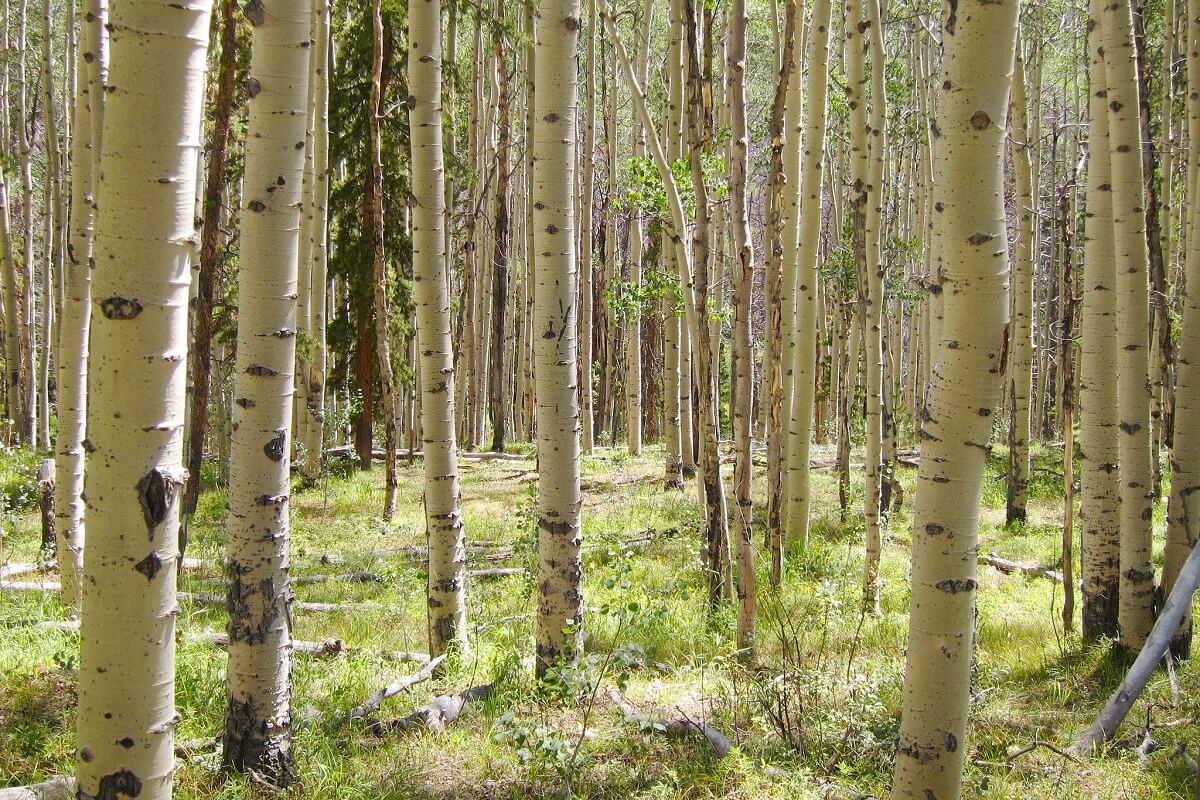
A mid-sized shade tree, American quaking aspen grows to 40-50 feet at maturity.
Tulip Poplar
If you want to be known for having some of the most colorful trees in the county, consider planting a grove of dazzling tulip poplar, also known as yellow poplar. A mecca for hummingbirds, finches, and cardinals, the tulip poplar attracts bees, butterflies, and birds to the garden with pungent, sweet nectar. Plant a tulip poplar today for a fast-growing, disease-resistant tree that will offer decades of enjoyment and cooling shade.
A nicely shaped, fast-growing tree, tulip poplar trees turn a magnificent golden-yellow in autumn. A medium-sized, cone-shaped shade tree, tulip poplars grow to a mature height of 70-90 feet. Tulip Poplar trees do best in a sunny location with well-drained soil in USDA Zones 4 through 9.
Many homesteaders that keep bees plant tulip poplar. The bees produce rich, dark honey from the fragrant diminutive yellow flowers gracing the tulip poplar all spring and summer long.
Royal Empress Trees
The royal empress tree (Paulownia elongate) is one of the fastest-growing shade trees in the United States. Royal Empress trees can gain as much as 10 feet of growth in less than a year. They will grow about anywhere, in the worst of soil, are disease and insect resistant, cold hardy, and grow at a remarkable rate.
Although they do well from Canada to Mexico, they are stellar performers in United States Plant Hardiness Zones 7 through 11. Royal empress trees prefer an open sunny location, reaching a mature height of up to 50 feet.
Southern Magnolia
The southern magnolia (Magnolia grandiflora), also known as loblolly magnolia, evergreen magnolia, bull bay, great laurel magnolia, or big laurel is a magnificent, straight-trunked evergreen.
Gaining a height of 60-80 feet at maturity, the southern magnolia presents a conical crown, dense foliage, and an abundance of creamy white and highly fragrant flowers the size of dinner plates.
Folks that live in United States Hardiness Zones 6 through 9 praise the magnolia as a low-maintenance, easy-to-grow shade tree.
Benefits of Planting Trees
Aside from providing shade on your homestead, there are a variety of benefits to growing trees.
- Plant fast-growing deciduous trees on the east, west, as well as the northwest sides of your home to provide cooling shade. Shade trees help block solar heat absorbed through roofs and windows. A mature planting of trees around the home conserves energy and reduces utility expenses for air-conditioning by as much 35 percent.
- Trees sequester and store atmospheric carbon, improving the quality of the air we breathe. Acting as carbon sinks, trees absorb carbon dioxide, a by-product of burning fossil fuels, thus reducing the adverse impacts of climate change.
- The bark and leaves of trees act as a filtration system, absorbing smoke, dust, and other noxious air-borne pollutants while releasing clean oxygenated air into the atmosphere.
- Trees provide shelter and food to birds and other small wildlife. In fact, forests provide habitat to more than 80 percent of the world’s biodiversity.
References:
- 8 Reasons Why You Should Plant A Tree For Earth Day, A Healthier Michigan
- How to Plant Trees to Conserve Energy for Summer Shade, Arbor Day Foundation
- Poplar, Encyclopedia Britannica
- Magnolia, Lady Bird Johnson Wildflower Center


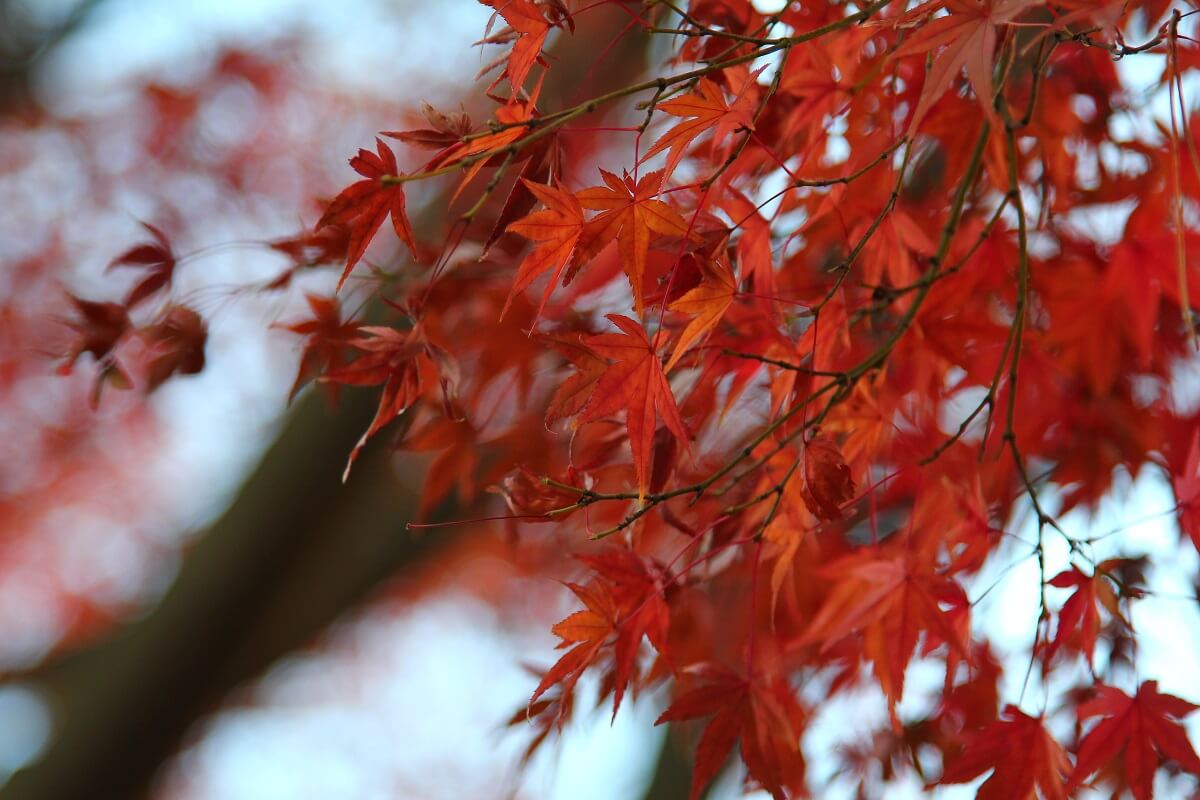
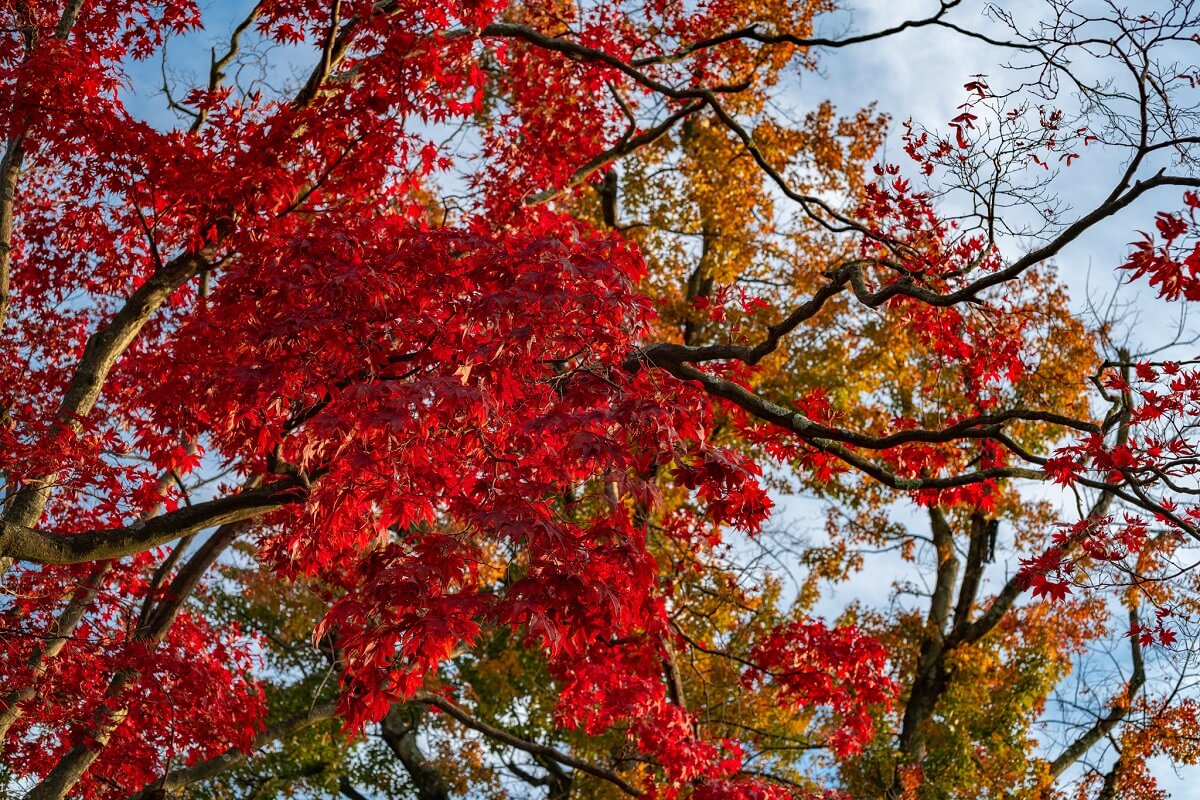
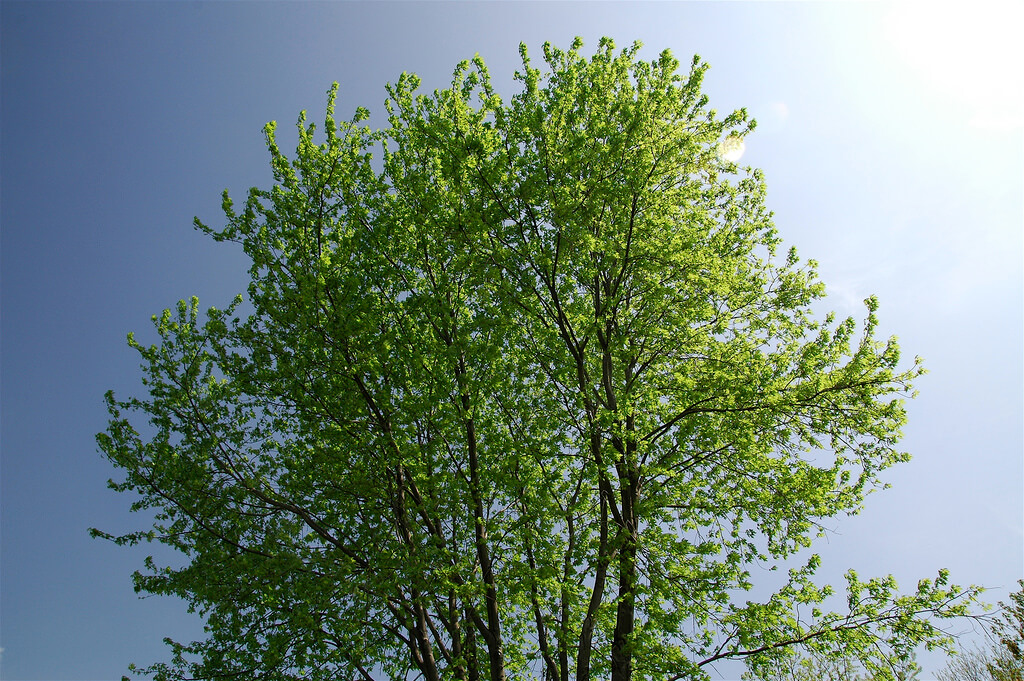
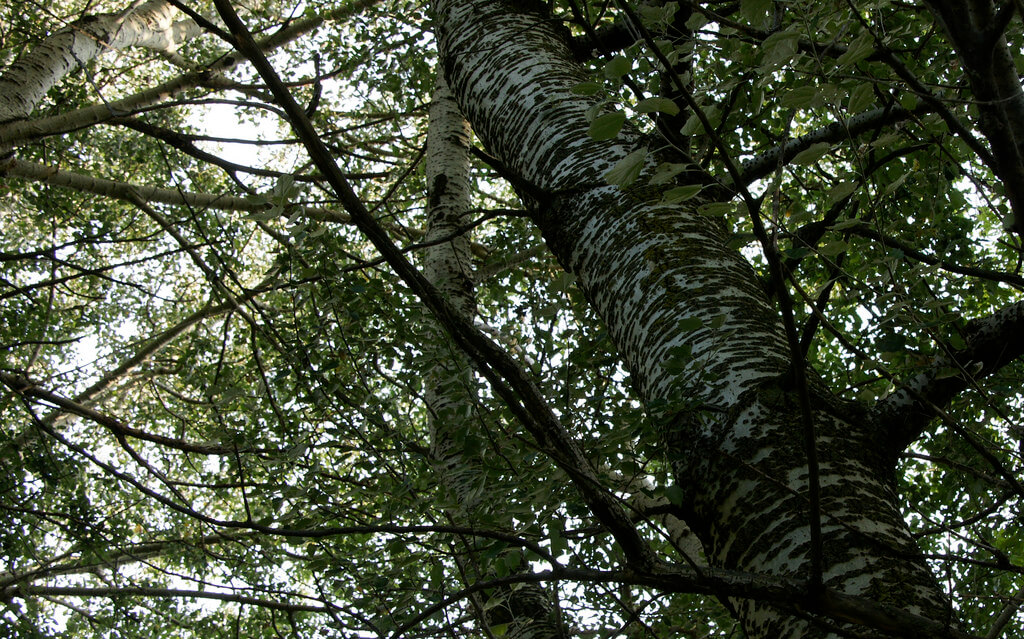
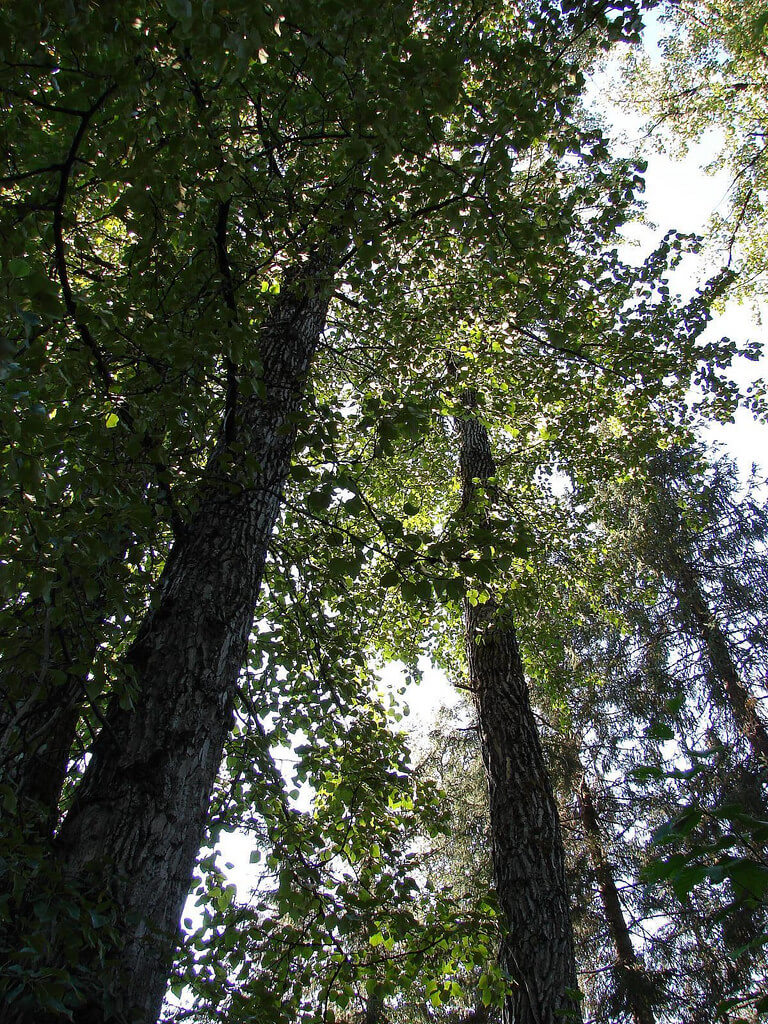








































The Royal Empress tree is an invasive species and in fact is banned in Connecticut. I wonder why the author failed to mention that.
The Silver Maple has roots that run horizontally along the top of the soil, making it very difficult or impossible to mow. I wonder why the author failed to mention that.
This article is incomplete and poorly researched. I wonder if the author has actually seen mature examples of the trees she is recommending or just cut-and-pasting from other articles.